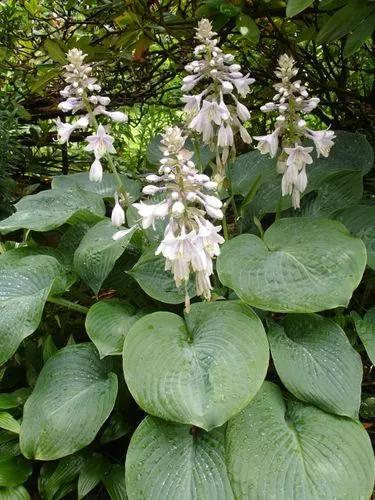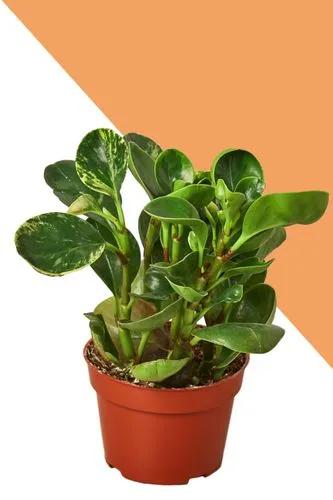Commonly known as Million Hearts, Dischidia ruscifolia is an evergreen, perennial sprawling or climbing plant with small succulent heart-shaped leaves that face each other on a long arching stem creating “chains of heart”.
Dischidia Ruscifolia Care
Dischidia ruscifolia



Dischidia ruscifolia, also known as million hearts, is an epiphytic plant native to the Philippines. It is a decorative plant that comprises stiff, slender green shoots that grow to 3.3 feet in length before taking root at the tip and continuing, which are densely decorated in pairs of stiff, succulent, heart-shaped leaves; hence the name "Million Hearts". Many tiny white flowers appear on the internodes and remain for long periods of time. The plant looks graceful in a hanging pot, but is found in dense clumps and clusters on overhead tree branches in its habitat.
How to Care for the Plant

Water

This species appreciates moisture and can handle being overwatered better than any of them, so it should be kept moist, but can dry up a bit from time to time without being damaged by it. Water regularly in summer, but do not overwater and let the plants to dry out between watering and then water again. Keep quite dry with ample airflow in winter.

Fertilizer

During the growing season enrich the soil using a fertilizer rich in potassium and phosphorous, but poor in nitrogen, because this chemical element doesn’t help the development of succulent plants, making them too soft and full of water.

Sunlight

The best place for Dischidia ruscifolia is partial shade or bright shade, but grow well in indirect sun. Midday sunlight in summer can burn the leaves. Tends to bronze in strong light, which encourages flowering and heavy leaves production.

Soil

Pot in a very well-draining and porous potting medium that allows some air to get to the roots; typical mixes include, peat, with some fibrous soil and sand along with large-grade drainage material such as perlite, pumice, or ceramic balls. The medium needs to be moisture-retentive.

Temperature

Outside, this plant can survive in the areas with the lowest winter temperatures of +1.7°C (35°F). The ideal temperature for the species is between 20 and 25ºC (68-77ºF) but never below 10ºC (50ºF). Inside, average room temperatures from 65°F/18.3°C to 75°F/23.8°C.

Container

This plant can be grown in containers. Choose a pot with enough drainage holes.

Popularity

161 people already have this plant 37 people have added this plant to their wishlists
Discover more plants with the list below
Popular articles






